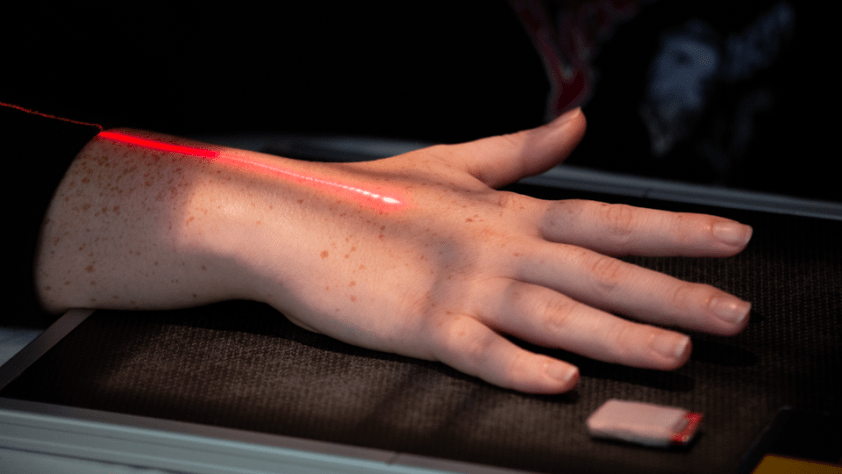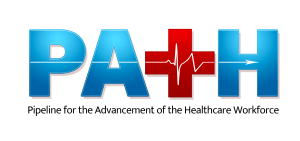
The art and science of using X-rays to produce diagnostic images of the human body.
Thank you for visiting the webpage for the LLCC Associate Degree Radiography program! Virtually everything you may wish to know about the program is contained here. Please take just a few minutes to visit each topic and you'll find nearly all of your questions answered.
Learn more about general program information, admission, recommended course sequences and course requirements.
Applications for the class starting in June 2026 will be accepted from April 1, 2025, until 5 p.m. on Feb. 6, 2026, or until filled.
Degrees & Certs
LLCC offers the following degree in radiography. Select the degree to read about required courses.
Job Outlook
Cost
Radiography Program Expenses
Tuition Refund Information
Please note: All costs are subject to change with each semester. Please refer to the LLCC Bookstore or the LLCC Registration office for changes each semester.
Paying for college
Learn more about cost of attendance.
There are ways to get help paying for college. Learn more about paying for college.
Support available

The Pipeline for the Advancement of the Healthcare Workforce (PATH) program provides financial and other supports for occupations within the health care field. Learn more about PATH, including support services, programs and eligibility.
Start/Info Session
Applications for the class starting in June 2026 will be accepted from April 1, 2025 through 5 p.m. Feb. 6, 2026, or until filled.
Classes in the Associate Degree Radiography program begin with the summer session each year. If this is a career in which you are interested, be sure to do two things:
Attend an information session
Register for an information session and fulfill this requirement for admission. All sessions will be held remotely via Microsoft Teams.
Join for an info session:
- Aug. 6, 2025, 11 a.m., online
- Sept. 24, 2025, 5 p.m., online
- Oct. 22, 2025, 11 a.m., online
- Nov. 17, 2025, 5 p.m., online
Schedule a meeting with a student success advisor
Make an appointment with the health professions student success advisor by calling 217-786-2224. LLCC Student Success is located in the Student Services Hub in Menard Hall on the main campus.
To help ensure that students are successful, our program uses a selective admission process. Please note that applicants must complete this selective admission process in addition to the LLCC general enrollment steps. To prepare for applying to the program, please follow the RAD application steps.
We hope to see you soon!
